If you could share the story of conservation technology with the world, what story would you tell? From what perspective, what angle, and to what end? How would you bring wildlife research to life? Gautam Shah and the Internet of Elephants team set out to answer these questions with their new mobile game Unseen Empire, a conservation-themed experience that immerses players in the true-to-life challenges of carrying out a large-scale camera trap survey to monitor and protect threatened species.
Like their last game, Wildeverse, Unseen Empire draws on real data and extensive research in the field to create an authentic conservation story. But rather than creating a new storyline with their data, the Unseen Empire team chose to base this game around one camera trapping survey - one of the largest ever attempted - from start to finish. Compiling ten years of data, successes, struggles, and everything else that goes into the process of deploying and carrying out a massive conservation tech project, Unseen Empire is not just entertainment - it's an educational tool, granting users personal perspective into real fieldwork and conservation in action.
Below, find out what National Geographic Explorer and Internet of Elephant Founder Gautam Shah has to say about why telling the story of one large-scale camera trap survey is so important, and what he hopes the general public and conservation tech community alike will take from this mobile game experience.
Seeing the Unseen Empire with Gautam Shah
Most of the general public would agree that wildlife research is a good thing, but very few outside of the conservation world understand what it actually takes to do it effectively. It's easy for the public to take for granted that there are other people doing something about wildlife conservation, probably far away, and that those people just need money to make it happen. The motivations of the people on the ground, the issues at hand, the discomforts of being in the field, the countless hours of pouring through data, lobbying governments, and publishing results are things that the larger public rarely gets exposure to and as a result, wildlife research can exist as a black box to anyone outside the academic realm.
When we started our most recent project, called Unseen Empire, we were initially focused on how to visualize the data of a 10 year camera trap study in Southeast Asia, conducted by Professor David Macdonald and his WildCRU team. They were studying the impact of deforestation on the habitat of the clouded leopard across 11 different countries and clouded leopard ecosystems, and had collected over 5,000,000 camera trap photos. It became one of, if not the largest, camera trapping projects ever attempted.
5M photographs across hundreds of different species and forty plus research sites was certainly an exciting prospect in terms of how to visualize the data, but what stood out as we worked with David and his team were the stories about what it took to actually do this. The varied backgrounds of the researchers involved. The discomforts of trudging up steep slopes of rainforests to find the perfect spot for the traps. The difficulties of elephants then destroying those traps. The thrill of seeing the first clouded leopard photos vs. the monotony of having to ID thousands of photographs a day. And so much more.
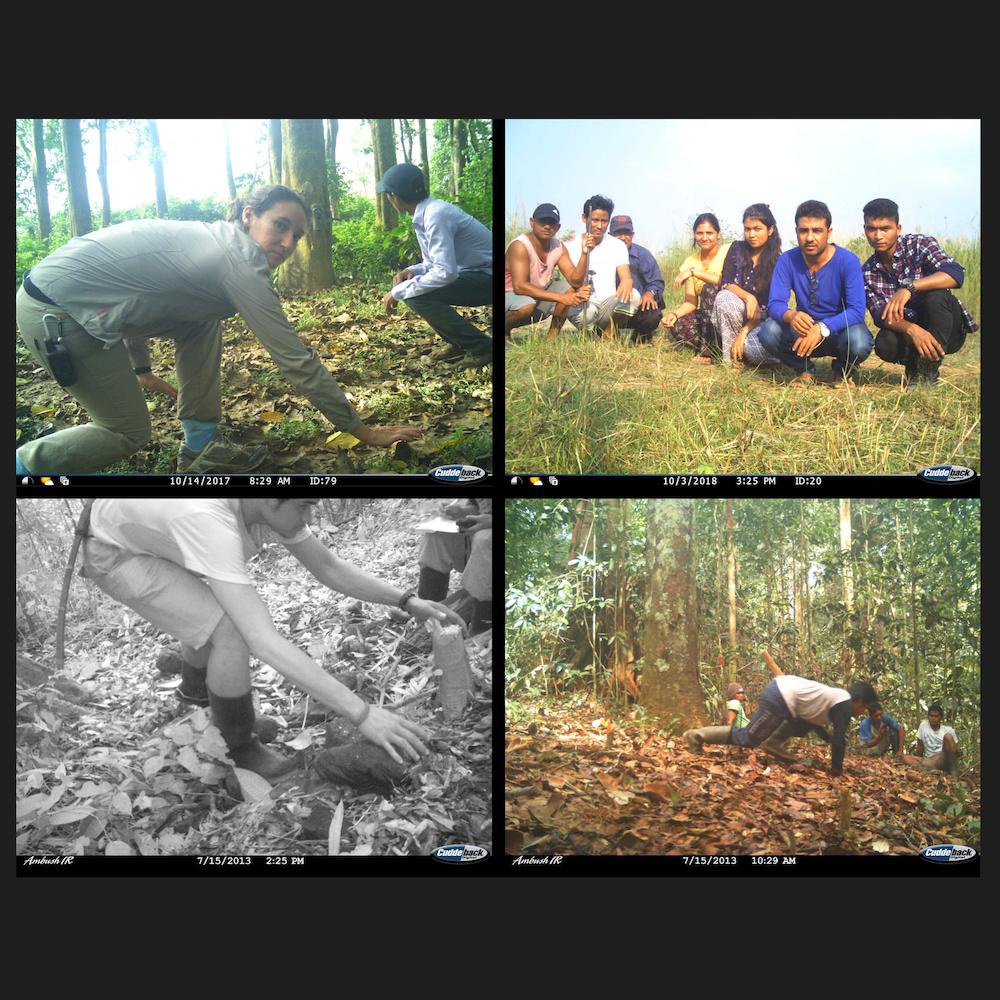
And so Unseen Empire morphed into more of a storytelling project to bring out these details and nuances through the medium of a game and visualization. Using game play, the player relives the ten-year study from their own perspective. They open research sites across South-East Asia, identify rare species in hundreds of never-before-seen wildlife photos, place camera traps, reveal scientific data, meet the researchers, and uncover evidence to influence policymakers to protect the habitat of the clouded leopard.
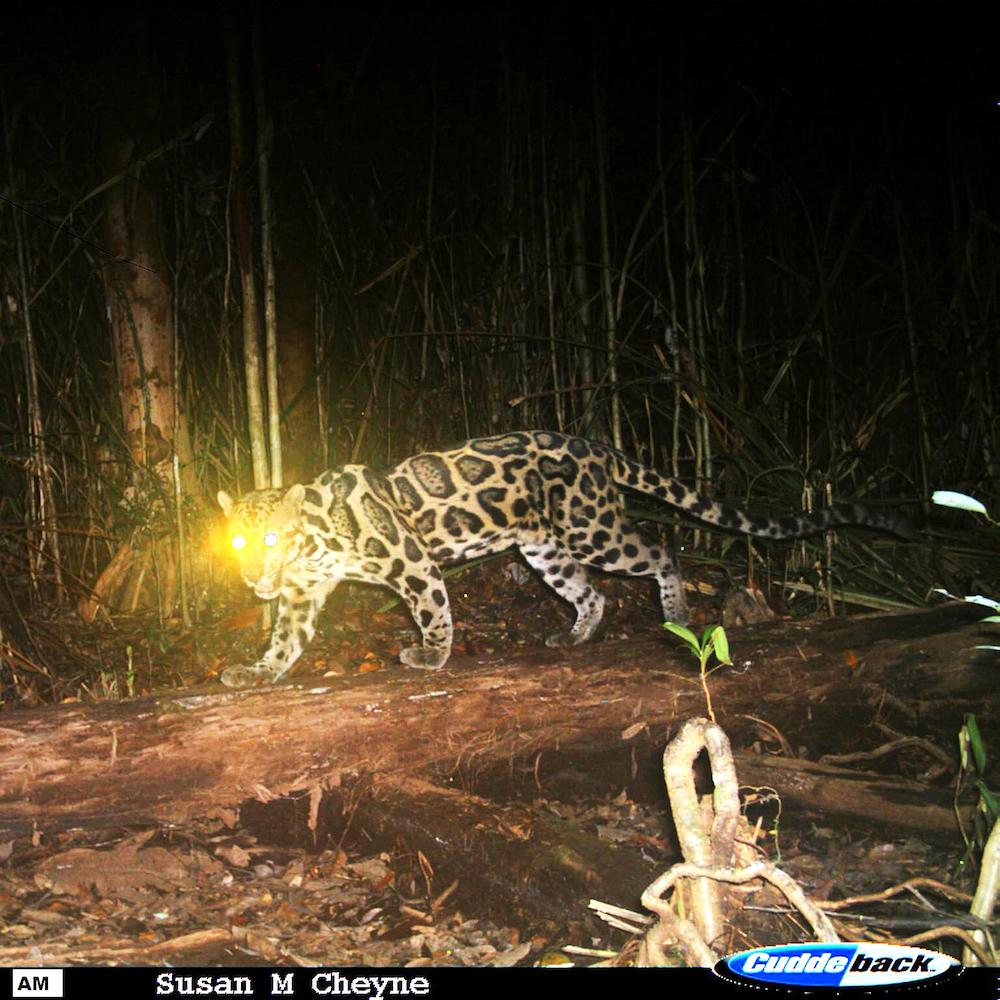
And while Unseen Empire initially focuses on this particular study in Southeast Asia, the intention is to expand to tell the stories of camera trap projects around the world, hopefully creating the largest platform for engaging the public with camera trap studies and images ever. The images are often spectacular, which forms the basis for engagement, and allows the stories of habitat, animals, and researchers to come through.
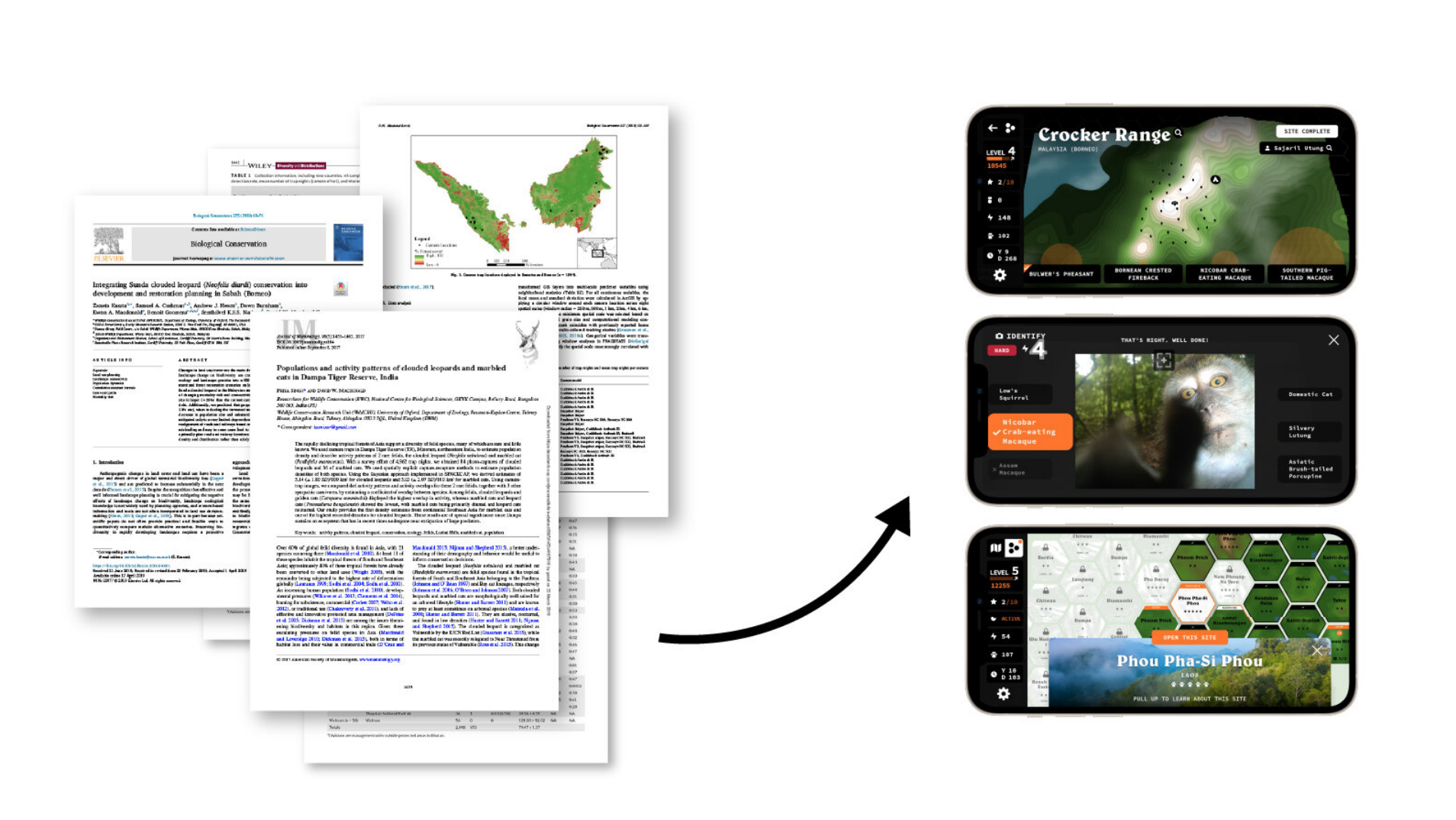
Whether it be camera traps, drones, acoustic monitoring or other forms of technology for wildlife, we feel it is important that the public have a chance to engage with the researchers and tech when possible and safe to do so. It is critical that technologists and scientists not just execute their work in a bubble, but share the results with the world in a way that also fits the lifestyle and challenges of people far removed from the science. This doesn’t necessarily always mean creating games, but it does mean trying to think beyond the scientific papers and journals that their work typically appears in.
To learn more about the development of Unseen Empire and the camera trap work behind the game, visit Internet of Elephants online and read this piece on the game's unique backstory.


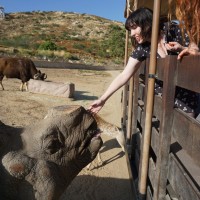

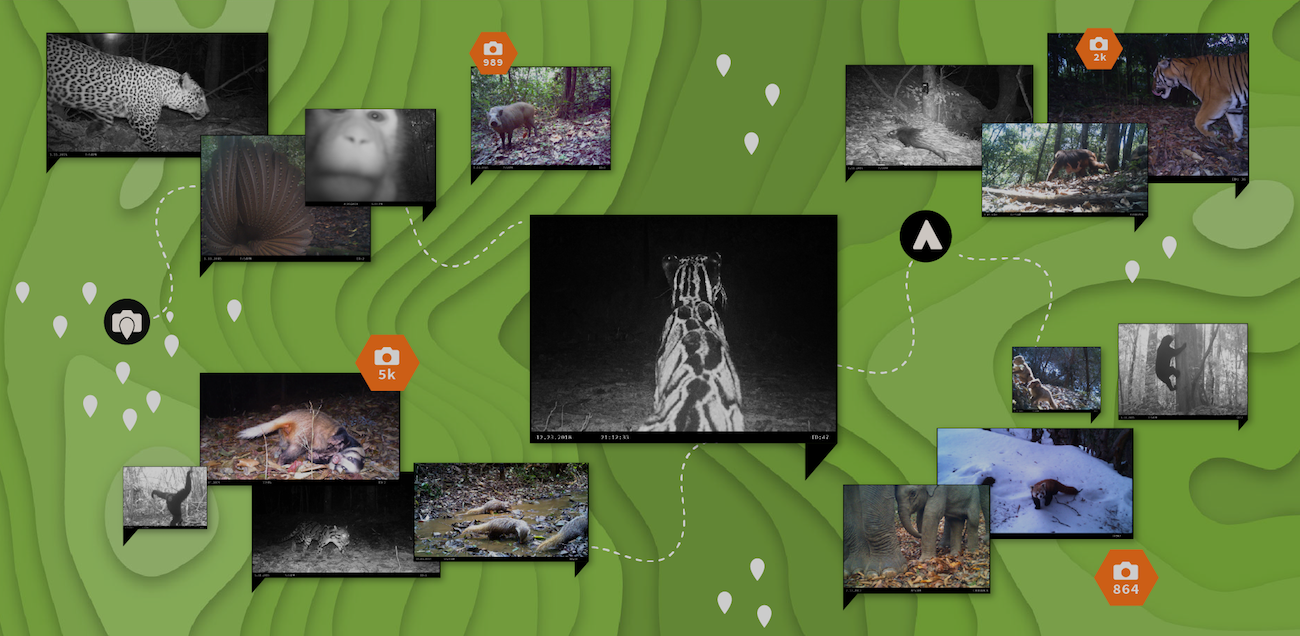
Add the first post in this thread.